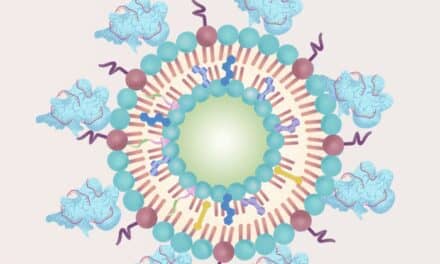An advanced imaging technology—propagation-based phase-contrast CT (PB-CT)—could yield high quality diagnostic images of the breast at a lower radiation dose than conventional mammography or digital breast tomosynthesis (DBT), according to a report from Physics World.
The technology is currently limited to use with synchrotron light sources, but the evolution of compact light sources may make clinical application feasible, improving the detection and diagnosis of breast cancer.
A multidisciplinary collaboration – including scientists from the University of Sydney, University of Melbourne, Monash Health, Maroondah Breastscreen and the Australian national science research agency CSIRO–is working on the clinical application of PB-CT using the Imaging and Medical Beamline at the Australian Synchrotron. The researchers have now optimized the technique using 12 mastectomy samples that included different tumour types or benign lesions. They showed that PB-CT achieved significantly higher image quality than AB-CT and demonstrated that substantially lower doses could be used with PB-CT
Phase-contrast imaging, which exploits both the refraction and the absorption of transmitted X-rays, offers potential to overcome the limitations of current breast imaging modalities. The 3D images produced by DBT reduce the tissue superimposition effects of 2D mammography, but have lower sensitivity in detection of calcifications. Breast MRI has higher sensitivity than mammography, but lower specificity. It is also a highly expensive examination. Breast CT, meanwhile, visualizes mass lesions better than mammography, but underperforms with respect to depiction of microcalcifications and has poorer spatial resolution. In addition, its radiation dose is the highest of the breast imaging modalities.
Read more from Physics World and find the study at Academic Radiology.
Featured image: Absorption-based CT (left) and propagation-based phase-contrast CT (right) of a breast mastectomy sample, both using a dose of 4 mGy. (Courtesy: Seyedamir Tavakoli Taba)






